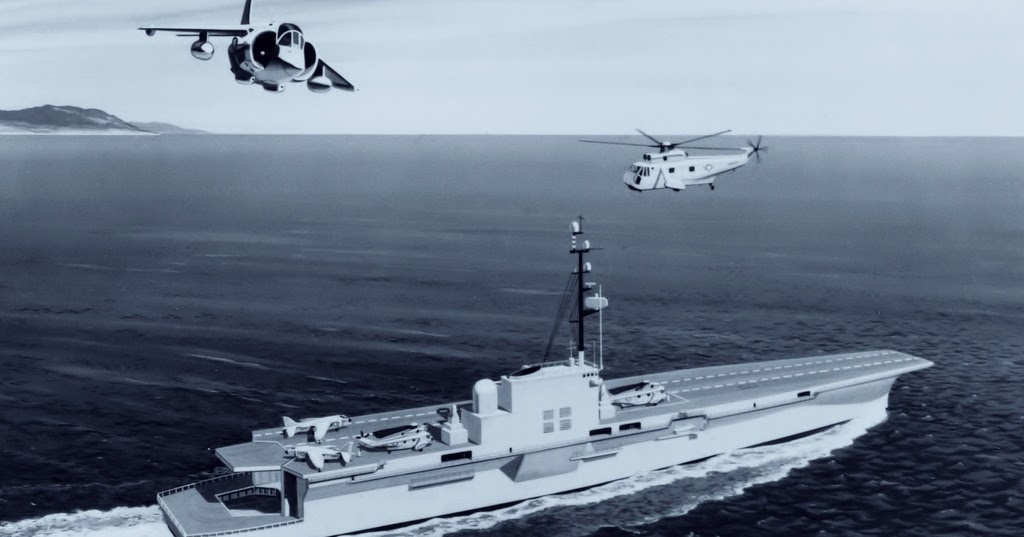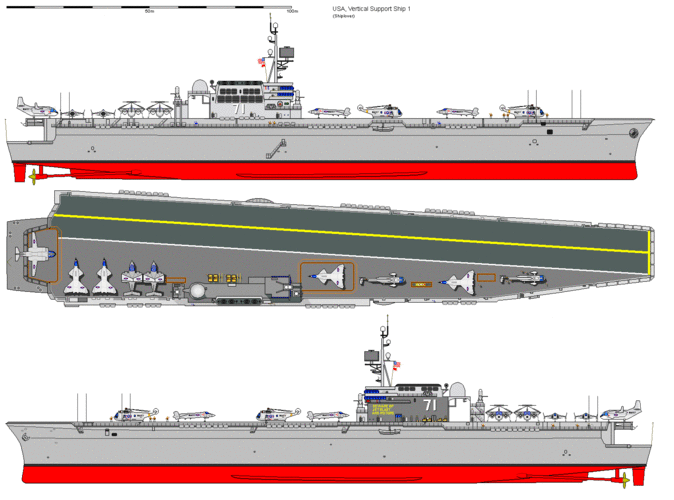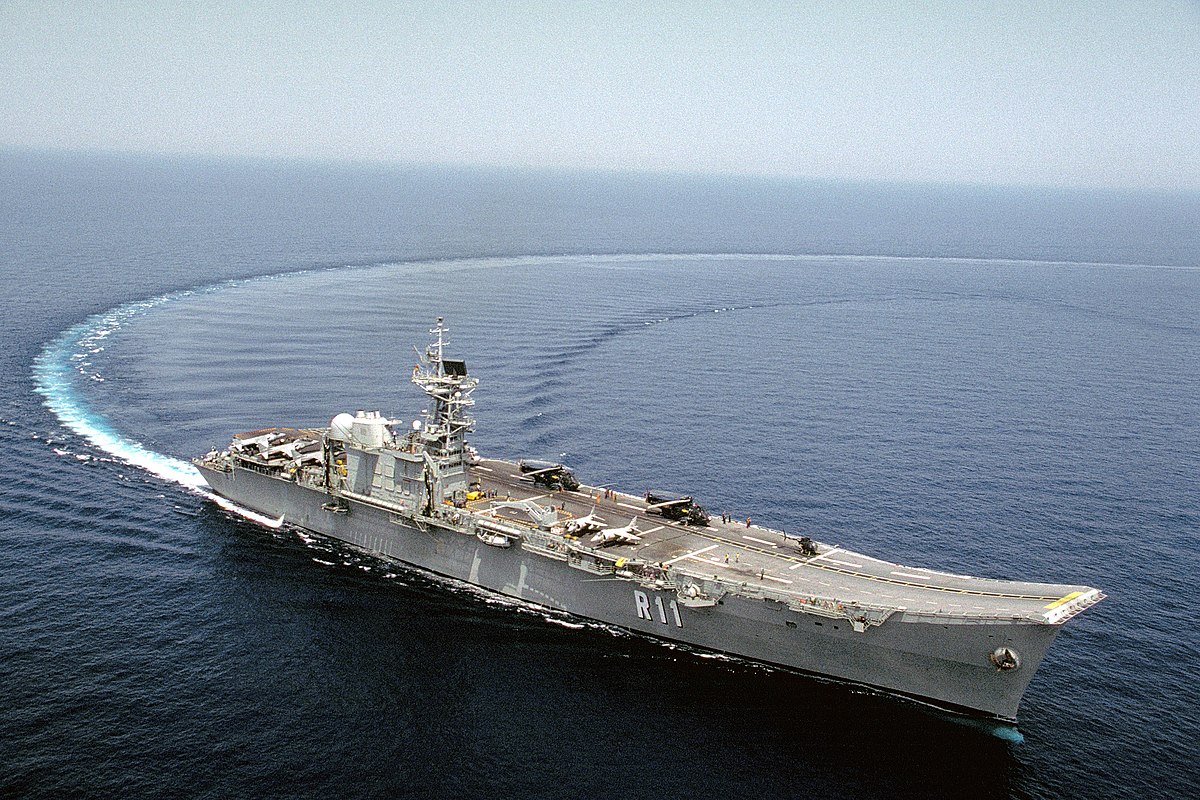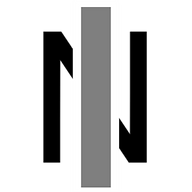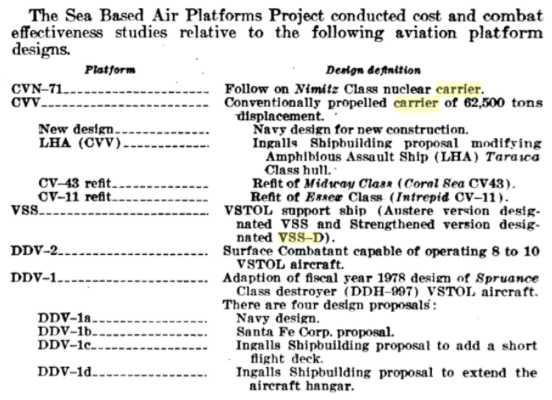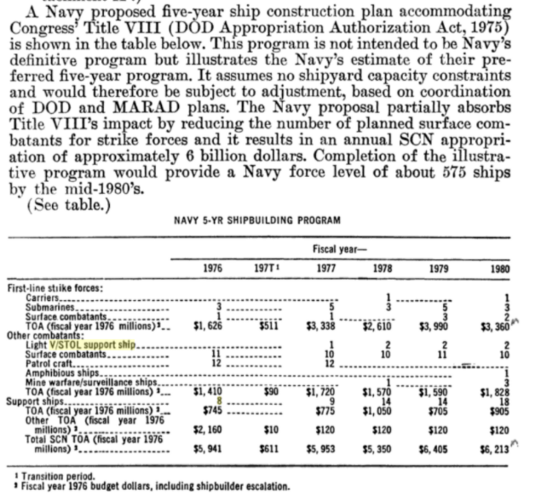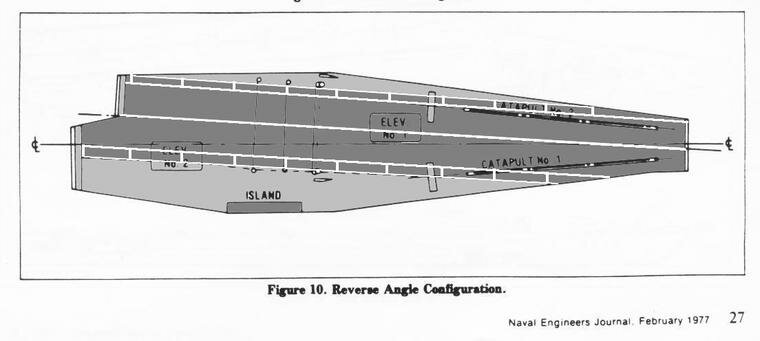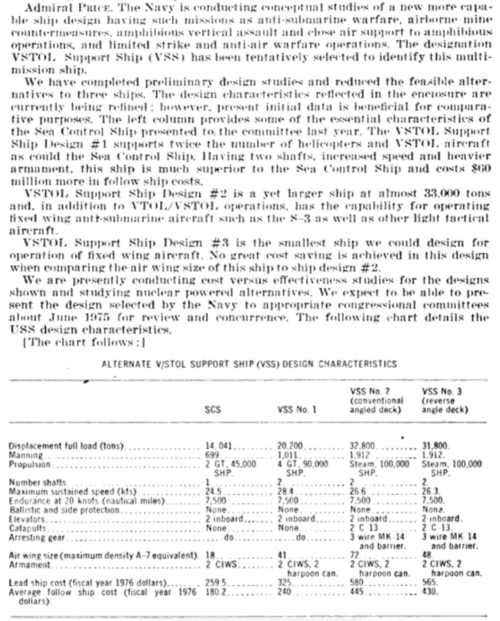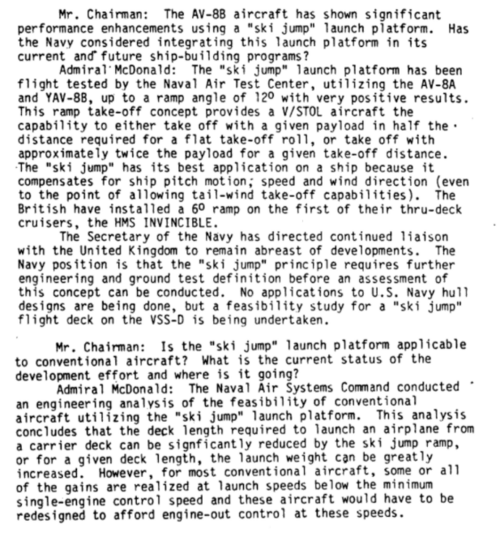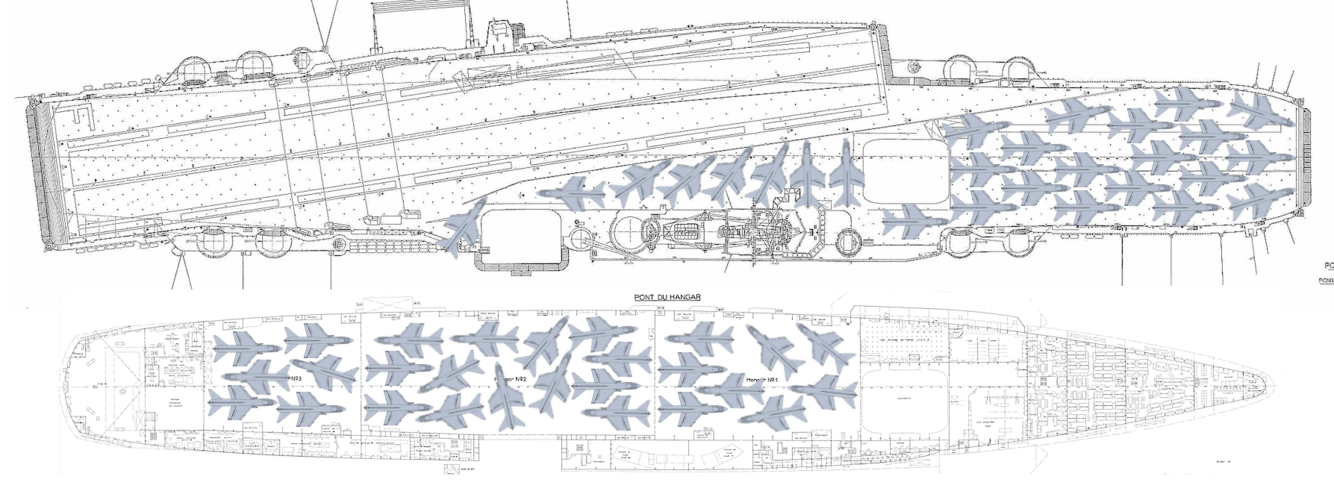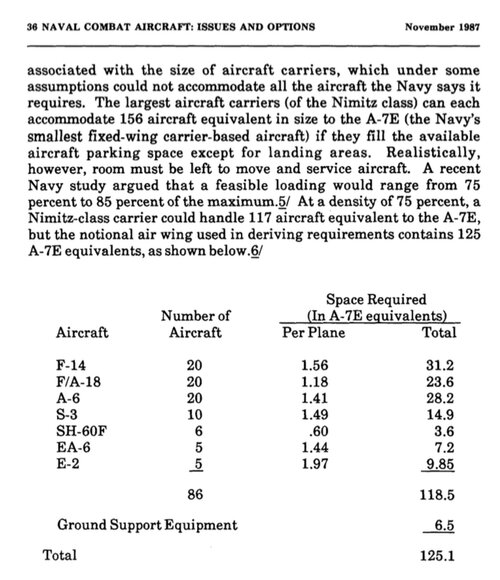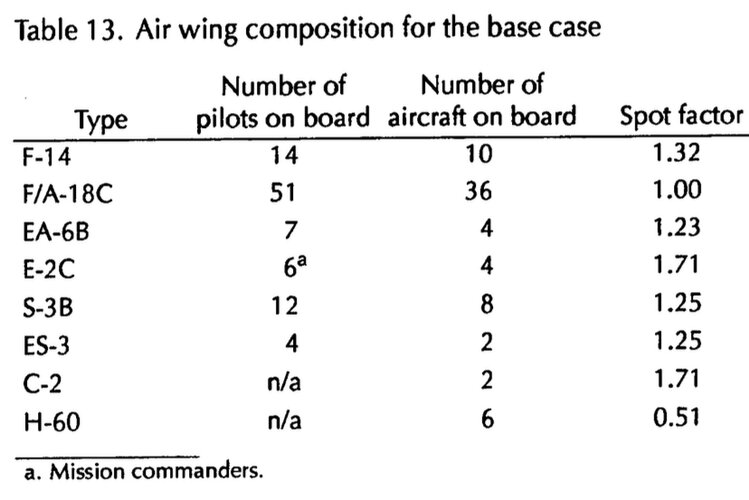- Joined
- 16 April 2008
- Messages
- 9,605
- Reaction score
- 14,493
Thanks for your reply JCF Fuller!
I hear what you're say re "SCS was a US Navy design so there wasn't a winner as such, to my knowledge the construction contract was never competed as Congress refused to fund the programme.", and I should have probably have worded my question better.
Found the Budgeting of the SCS interesting!
I've been scouring the web since I posted my question, and think it might have been 'Ingalls shipbuilding' (or was it Litton-Ingalls?) design that was favoured (if I can use the term) by the USN. But I'm still keen to have this verified.
Regards
Pioneer
There were no competing industry designs here. The SCS preliminary design was prepared by NAVSEA personnel at the Naval Ship Engineering Center with some assistance from Gibbs and Cox. When Spain decided to build one, it was G&C who prepared the detailed design drawings for the shipyard.
I think SCS/VSS may have been the last or nearly the last designs where the Navy actually did the design work with expectation that a shipyard would simply build to the Navy design.

